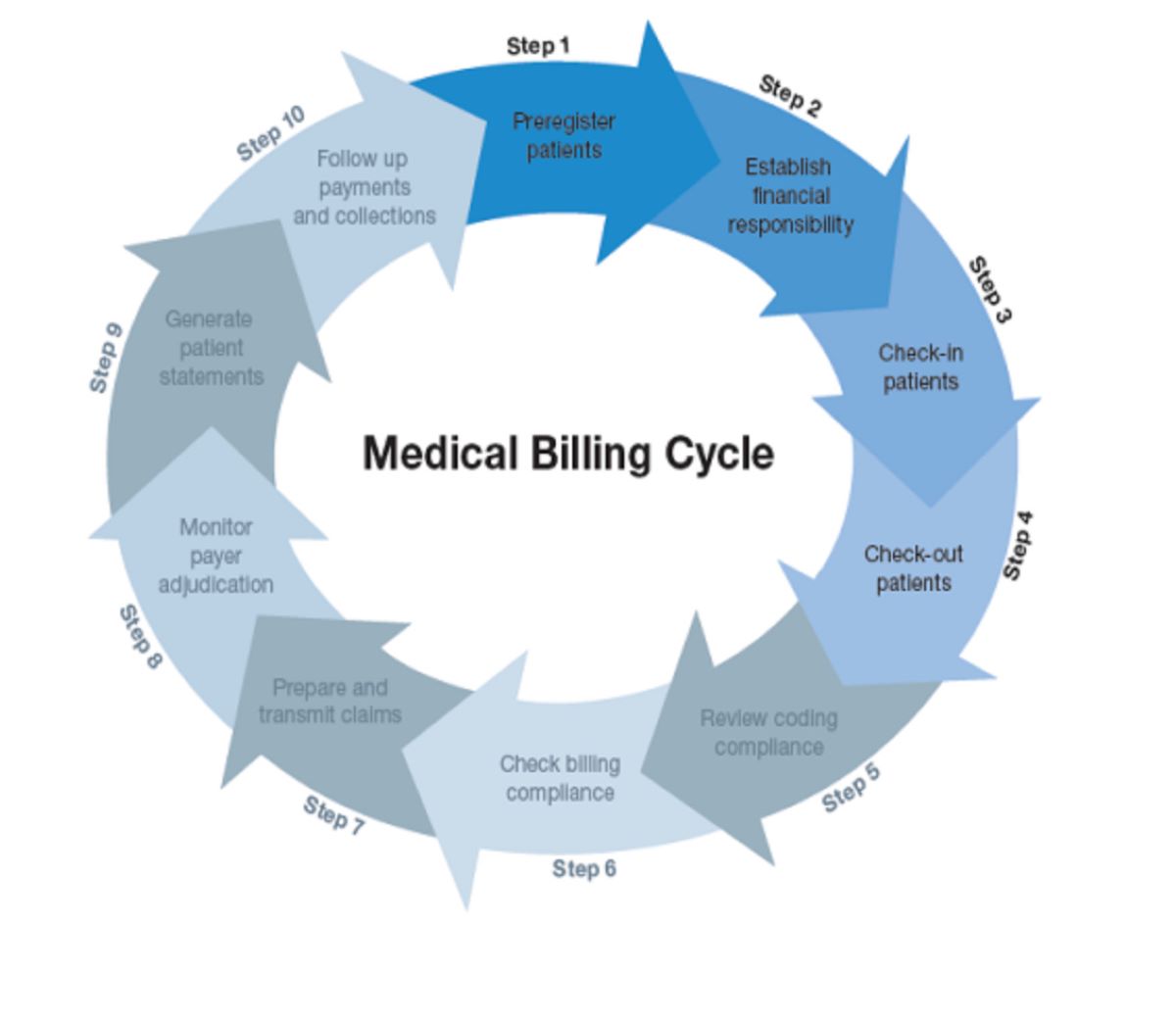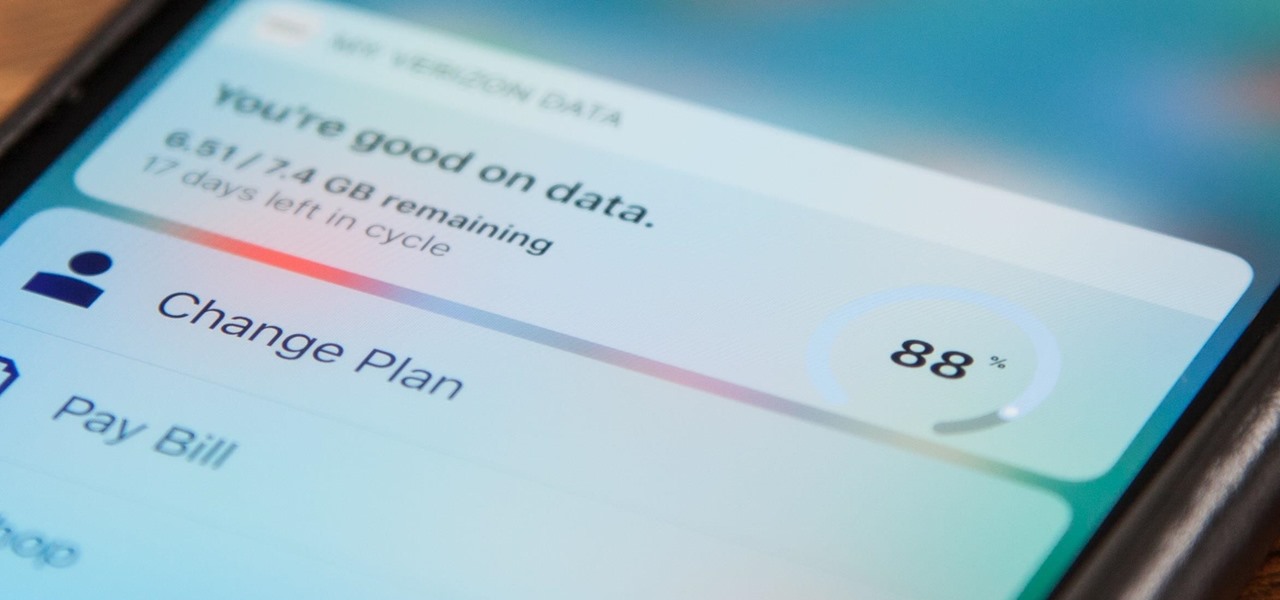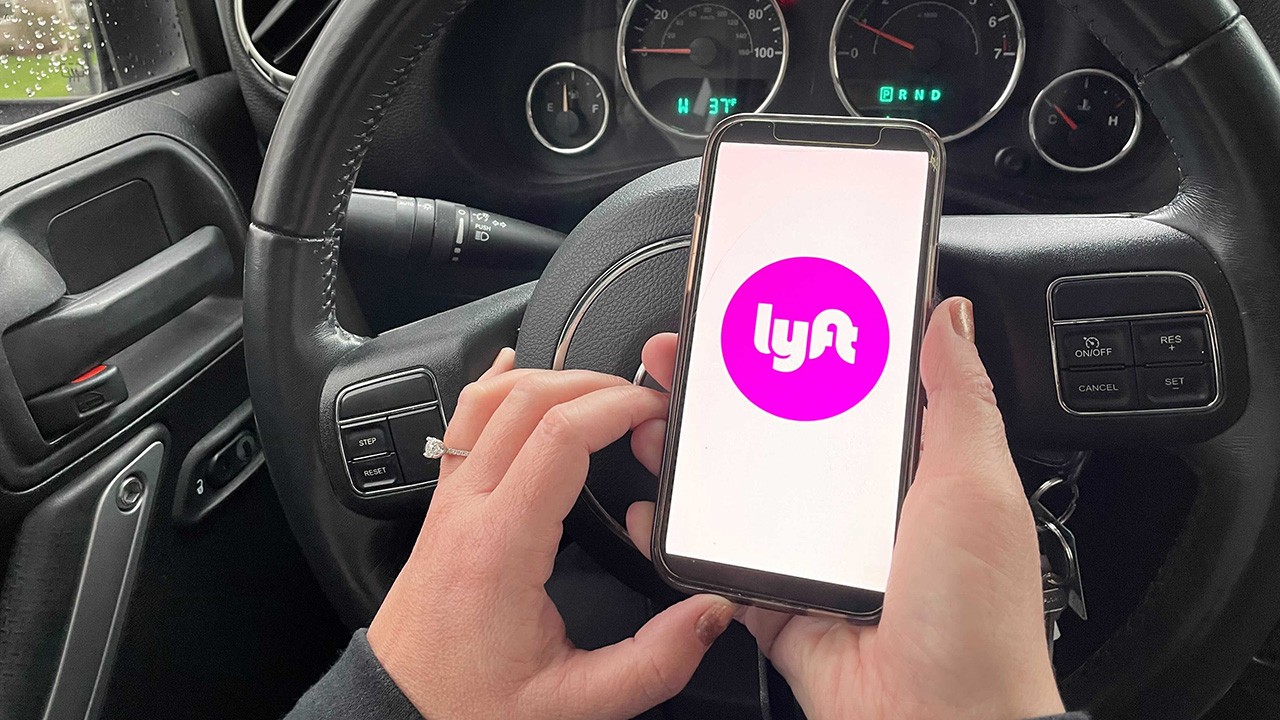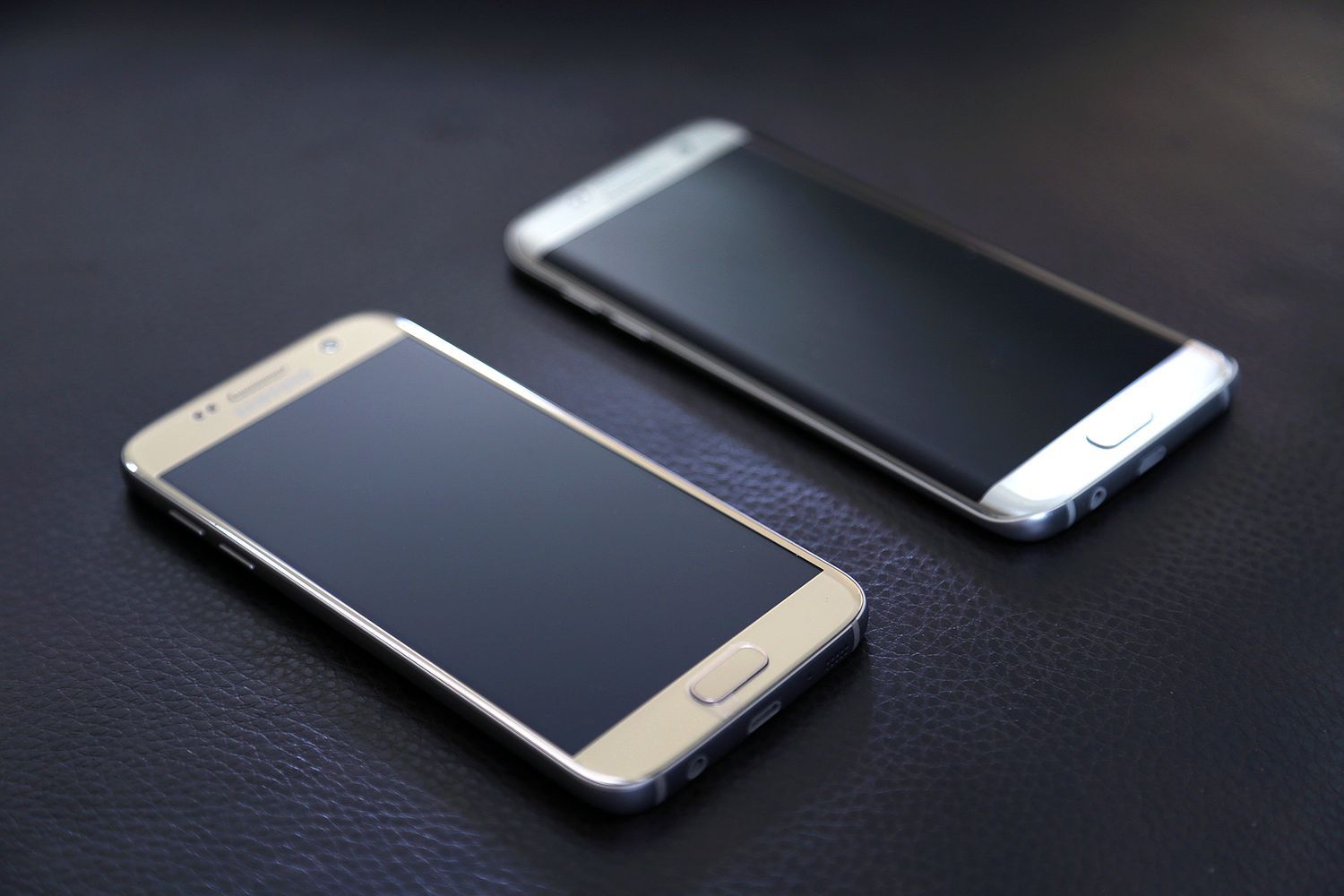Home>Finance>How To Switch Data Usage In Android To Match Billing Cycle


Finance
How To Switch Data Usage In Android To Match Billing Cycle
Published: March 7, 2024
Learn how to adjust data usage on your Android device to align with your billing cycle, and manage your finances more effectively. Discover tips for optimizing data usage and saving money.
(Many of the links in this article redirect to a specific reviewed product. Your purchase of these products through affiliate links helps to generate commission for LiveWell, at no extra cost. Learn more)
Table of Contents
Introduction
In today's digital age, smartphones have become an indispensable part of our lives, enabling us to stay connected, informed, and entertained. However, with the increasing reliance on mobile data for various activities such as browsing the web, streaming videos, and using social media, it's crucial to manage data usage effectively to avoid exceeding plan limits and incurring additional charges. For Android users, understanding how to control and adjust data usage to align with their billing cycle is essential for optimizing their mobile experience and avoiding unexpected fees.
This comprehensive guide will walk you through the process of managing data usage on your Android device, from setting up your data usage cycle to monitoring and adjusting it to match your billing cycle. By following these steps, you can take control of your data consumption, prevent overage charges, and make the most of your mobile plan.
Understanding Data Usage in Android
Stay tuned for the next section, where we delve into the intricacies of data usage on Android devices and how to effectively manage it.
Understanding Data Usage in Android
Android devices offer a wide range of features and functionalities that utilize mobile data, including web browsing, app updates, email synchronization, and multimedia streaming. To effectively manage data usage, it’s crucial to comprehend how your device consumes data and identify the apps or services that contribute to the majority of your usage.
Android provides built-in tools to monitor and control data usage, empowering users to stay within their plan limits and avoid unexpected charges. By accessing the Data Usage settings on your device, you can gain insights into your data consumption patterns, set usage limits, and receive alerts when approaching predefined thresholds.
Furthermore, understanding the distinction between background and foreground data usage is essential. Background data refers to the information exchanged by apps and services when not actively in use, while foreground data pertains to data utilized while interacting with apps in real time. By differentiating between these two categories, users can pinpoint which apps are consuming data even when not actively engaged, allowing for informed decisions regarding data management.
As the landscape of digital connectivity continues to evolve, the efficient management of data usage on Android devices is paramount. In the following section, we will explore the process of setting up your data usage cycle to align with your billing cycle, providing greater control and transparency over your mobile data consumption.
Setting Up Data Usage Cycle
Configuring your data usage cycle on an Android device is a fundamental step in effectively managing your mobile data consumption. By aligning your device’s data tracking with your billing cycle, you can accurately monitor your usage and avoid exceeding your plan’s limits.
Android devices offer a native feature that allows users to set the data usage cycle according to their billing cycle dates. To access this functionality, navigate to the “Settings” app on your device, then select “Network & Internet” or “Connections” depending on your device model. From there, tap on “Data Usage” and locate the option to set your data cycle. By entering the start and end dates of your billing cycle, your device will synchronize its data tracking accordingly.
Once your data cycle is established, you can configure additional settings such as setting a warning threshold and a hard limit for data usage. These parameters enable your device to notify you when approaching a specified usage level and restrict data access once the defined limit is reached, providing proactive measures to prevent overage charges.
Furthermore, Android devices allow users to view a detailed breakdown of data usage by individual apps, granting insights into which applications consume the most data. This visibility empowers users to make informed decisions about data-hungry apps and take necessary actions to minimize their impact on overall data usage.
By setting up your data usage cycle and leveraging the available tools to monitor and control data consumption, you can proactively manage your mobile data usage and align it with your billing cycle. In the subsequent section, we will delve into the process of monitoring data usage and utilizing the insights gained to make informed adjustments.
Monitoring Data Usage
Effective management of data usage on an Android device involves continuous monitoring and assessment of data consumption patterns. By staying informed about your data usage, you can identify trends, detect potential anomalies, and take proactive measures to optimize your usage.
Android devices provide a comprehensive set of tools for monitoring data usage. Within the “Settings” app, navigate to “Network & Internet” or “Connections,” then select “Data Usage.” Here, you can view a detailed breakdown of your data usage, including the amount of data consumed by each app during the current cycle. This visibility allows you to identify data-intensive applications and take necessary actions to minimize their impact on your overall usage.
Furthermore, Android devices offer the option to set data usage alerts and limits. By defining a specific threshold for data usage, you can receive notifications when nearing the set limit, enabling you to adjust your usage behavior accordingly. Additionally, setting a hard limit ensures that data access is automatically restricted upon reaching the predefined threshold, mitigating the risk of exceeding your plan’s limits.
Regularly reviewing your data usage statistics and being mindful of your consumption habits empowers you to make informed decisions about data management. Whether it involves restricting background data for certain apps, utilizing Wi-Fi whenever available, or optimizing the settings of data-intensive applications, the ability to monitor data usage provides valuable insights for optimizing your mobile experience.
In the subsequent section, we will explore the process of adjusting data usage to align with your billing cycle, ensuring that your data consumption remains synchronized with your plan’s terms and conditions.
Adjusting Data Usage to Match Billing Cycle
Aligning your data usage with your billing cycle is crucial for optimizing your mobile plan and avoiding overage charges. Android devices offer several strategies to adjust data usage and ensure that it remains in sync with your billing cycle, providing greater control and transparency over your data consumption.
One effective method to align data usage with your billing cycle is to strategically adjust your usage patterns based on the remaining data allocation within the current cycle. By regularly monitoring your data usage and comparing it to the elapsed duration of your billing cycle, you can proactively modify your usage behavior to avoid exceeding your plan’s limits. This may involve reducing data-heavy activities or leveraging Wi-Fi networks for data-intensive tasks whenever feasible.
Android devices also allow users to individually manage the data usage of specific applications. By accessing the “Data Usage” settings within the device’s “Settings” app, you can review the data consumption of each app and implement measures to limit their impact on your overall usage. This may include restricting background data for certain apps or adjusting their settings to minimize data consumption without compromising functionality.
Moreover, leveraging Wi-Fi connectivity for data-intensive tasks can significantly reduce your reliance on mobile data. By connecting to trusted Wi-Fi networks for activities such as large file downloads, video streaming, and app updates, you can conserve your mobile data for essential on-the-go usage, effectively extending your data allocation throughout the billing cycle.
For users with fluctuating data requirements, some mobile carriers offer the flexibility to adjust plan features or data allowances mid-cycle. By contacting your carrier’s customer service or utilizing self-service options through their mobile app or website, you may have the opportunity to align your data plan with your current usage needs, ensuring that it remains synchronized with your billing cycle.
By implementing these strategies and leveraging the built-in tools on Android devices, you can effectively adjust your data usage to align with your billing cycle, optimizing your mobile experience and minimizing the risk of incurring additional charges. In the concluding section, we will recap the key insights and benefits of effectively managing data usage on Android devices.
Conclusion
Effectively managing data usage on your Android device is essential for optimizing your mobile experience, staying within plan limits, and avoiding unexpected charges. By understanding the intricacies of data consumption, setting up your data usage cycle, monitoring usage patterns, and making necessary adjustments, you can take control of your data consumption and align it with your billing cycle. This proactive approach empowers you to make informed decisions about your data usage, ensuring that it remains in sync with your plan’s terms and conditions.
Android devices offer a range of built-in tools and features that enable users to monitor and control their data usage effectively. By leveraging these resources, such as setting data usage alerts, restricting background data for specific apps, and utilizing Wi-Fi connectivity whenever available, users can optimize their data consumption and prevent overage charges.
Furthermore, the ability to adjust data usage based on the remaining allocation within the billing cycle provides flexibility and control over your mobile plan. Whether it involves modifying usage patterns, managing individual app data consumption, or exploring plan adjustment options with your carrier, aligning your data usage with your billing cycle is pivotal for maintaining a seamless and cost-effective mobile experience.
By proactively managing data usage, Android users can make the most of their mobile plans, avoid bill shocks, and ensure that their data consumption remains aligned with their specific needs and preferences. With the continuous evolution of digital connectivity, the effective management of data usage on Android devices is a valuable skill that empowers users to optimize their mobile experience and make informed decisions about their data consumption.
In conclusion, by following the guidelines outlined in this comprehensive guide, Android users can navigate the complexities of data usage, mitigate the risk of exceeding plan limits, and maintain control over their mobile data consumption, ultimately enhancing their overall mobile experience.














